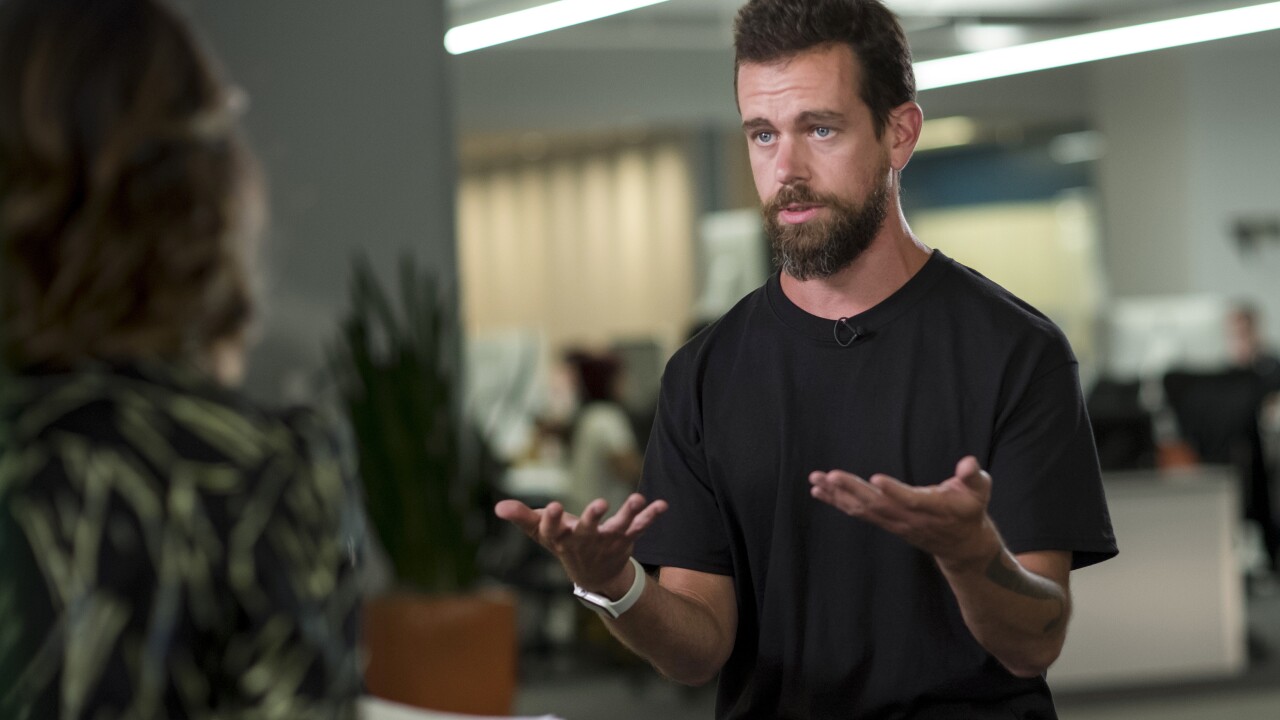Madison, Wis.—University of Wisconsin Credit Union may have just started cutting a path to building mobile apps at a fraction of the usual cost.
In what appears to the first such move of its kind, the $1.6 billion-asset CU has done so by designing a mobile bill-pay function for an off-the-shelf web browser.
The upside of this approach is that creating smartphone and tablet software is expensive-- especially when it involves developing multiple versions for multiple types of devices. At most credit unions and banks, that involves building apps for Android, Apple and even the fast-fading Blackberry.
As browsers evolve, however, they hold the promise of offering a one-version-fits-all format that's as secure as the most secure app—and far less expensive.
To be sure, the days when CUs and banks can safely migrate all their mobile banking features to web browsers are still some time off, according to Avivah Litan, a vice president and analyst at Gartner Research.
"With a mobile app you can really... scramble the code, so it can't be reverse engineered, which is not true with web [browser-based] code," said Litan.
Apps also continue to hold an edge in authenticating users, she says. Even with HTML 5 geo-location is virtually the only type of authentication available without the use of a dedicated app.
But that could soon change.
"Programmers have benefited from witnessing all of the problems traditional desktop operating systems have suffered," said Al Pascual, a senior analyst for Javelin Strategy & Research. "Things like better memory allocation, application sandboxing, and a tighter application distribution policy make mobile devices far more secure than desktop devices."
Even so, banks continue rely on apps. This week, Citibank announced that it updated CitiDirect BE commercial banking software for tablets, making it available for executives armed with yet another device.
The iPad app allows users to schedule transactions, monitor the status of accounts and authorize payments. And all of these functions are optimized for touch-screen computing. Several Citi teams from around the world required more than a year of development time to put out the tablet app at an undisclosed—but undoubtedly high—cost.
The bank's willingness to incur the cost reflects that fact that for now apps remain the superior mobile banking platform, Pascual noted.
"Hackers are less likely to write malware designed to compromise a single app than they are to write malware to compromise a browser, which will provide them a bigger bang for the buck," he said.
Of course it would be cheaper just to design for a single interface, but the browser won't be ready for at least several years. "It's what everyone wants," added Litan.





